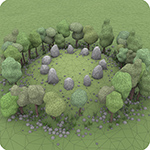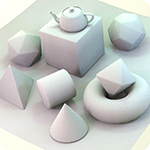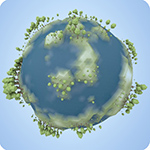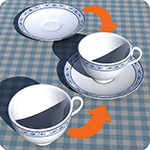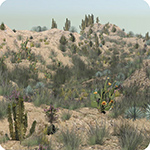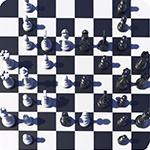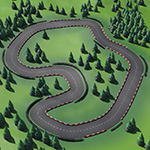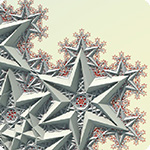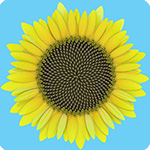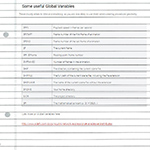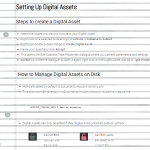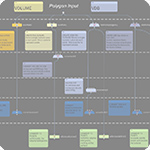If these tutorials are completed in order they can be used by an experienced 3D artist who is new to Houdini to teach the fundamental building blocks of procedural geometry creation. More experienced Houdini users may find it useful to dip into individual tutorials to learn about specific nodes.
There are easier ways to use Houdini – commonly used nodes can be set up automatically using shelf tools, and useful networks are now embedded in higher level nodes – but I believe that to be able to fully harness the power of Houdini it is important to understand the basics.
Each tutorial focuses on a single node or concept, and will usually finish with a demonstration of how that tool might be used in asset creation. As we progress I will add tutorials that build on previous lessons and demonstrate some classic applications of procedural geometry.
Tutorials
Networks & Nodes
Transform Node
Geometry Primitives
Introduction to VOPs
Merge Node
Scatter Node
Group Nodes
All About Houdini Digital Assets
Attribute Transfer Node
Introducing Volumes and VDBs
Lines and Curves
Copy Stamping and the Foreach Loop
UV Tools
L-Systems Node
Cheat Sheets
Using Expressions in Parameters
Setting Up Digital Assets
Volumes and VDBs
How to create L-Systems
Downloads
Tutorial Scene Files
Houdini Digital Assets

